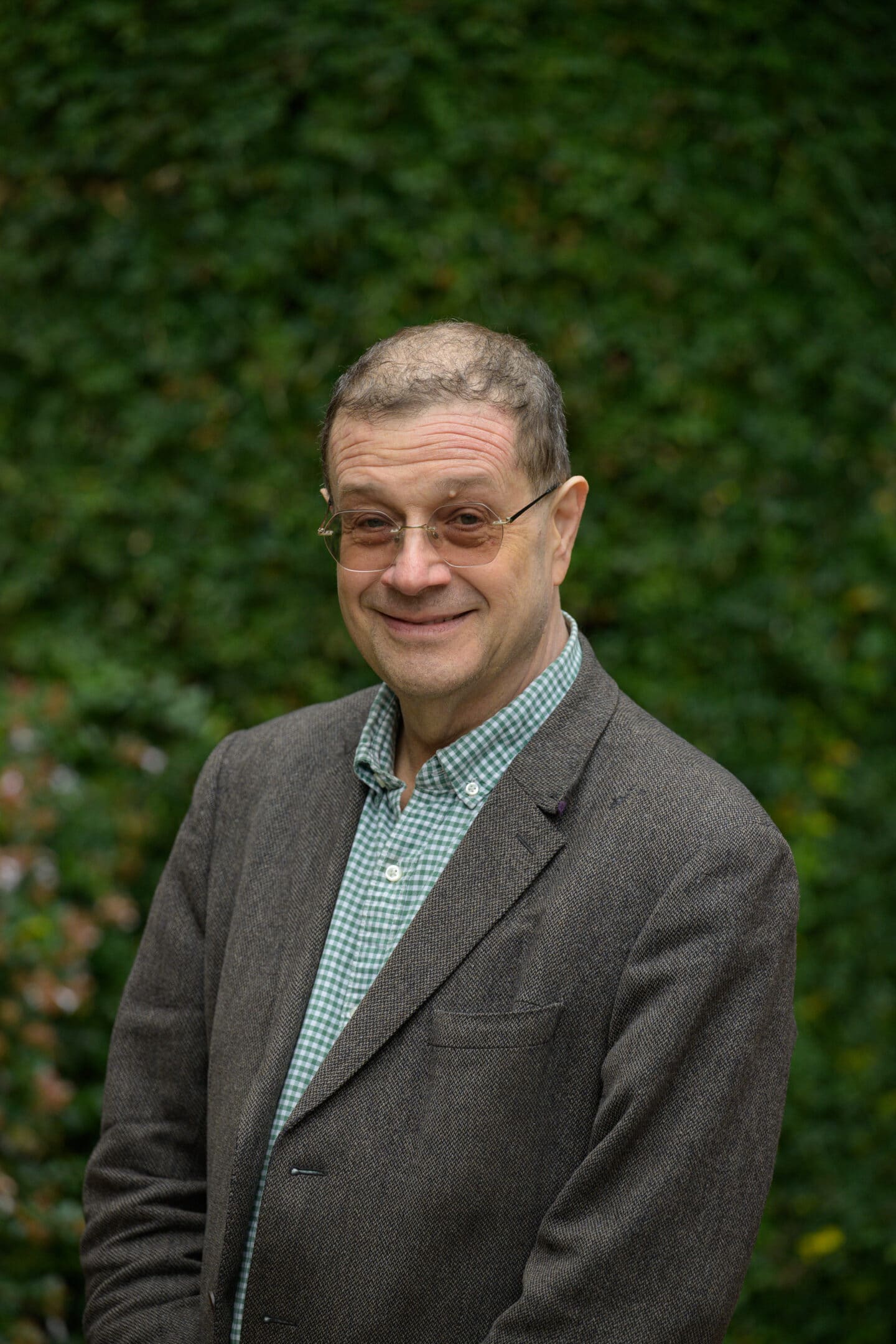Our People
Professor Lionel Mason

Professor Lionel Mason
- Fellow and Tutor in Mathematics
- Professor of Mathematics
- Tutor for Graduates
I was an undergraduate at Wadham College, Oxford. After a year doing Part III of the Maths Tripos in Cambridge, I returned to do a DPhil in the research group of Roger Penrose on twistor theory under the supervision of Nick Woodhouse. I held the Esmee Fairbairn Junior Research Fellowship at New College, Oxford, the Andrew Mellon Fellowship in Pittsburgh and an SERC Advanced Fellowship, and joined St Peter's in 1993.
Teaching
At St Peter's, I have tutored all the physical applied modules in the first two years of the Mathematics and Joint Schools courses, together with first year geometry, second year complex analysis and differential equations.
At the Mathematical Institute, I have taught the first year course Applications, the second year courses Differential Equations and Special Relativity, the third year courses Further Quantum Theory, Special Relativity and Electromagnetism and the fourth year courses General Relativity I and II. I have also supervised many D.Phil. students and postdocs (two of whom are now lecturers in Cambridge).
Research
I am interested in mathematical physics, which focuses on the mathematical foundations of physical theories from Newton to Einstein and beyond to twistors and strings. The mathematics underlying physical theories is particularly rich and takes in algebraic geometry, differential equations, algebra and topology and there is much interaction with other parts of mathematics. My focus has been on gravity and quantum field theory and programmes that aim to unite the two such as twistor theory and string theory.
Twistor space is intended to replace space-time as the best geometric arena for the formulation of physics and from which the geometry of space-time should emerge, hopefully eventually in some quantized form. It provides a powerful mathematical tool for the study of problems in both classical and quantum field theory as well as geometry and representation theory. It has been particularly powerful in the study of supersymmetric theories and their scattering amplitudes.
College will be closed to the public over the Winter Vacation. Learn more here.